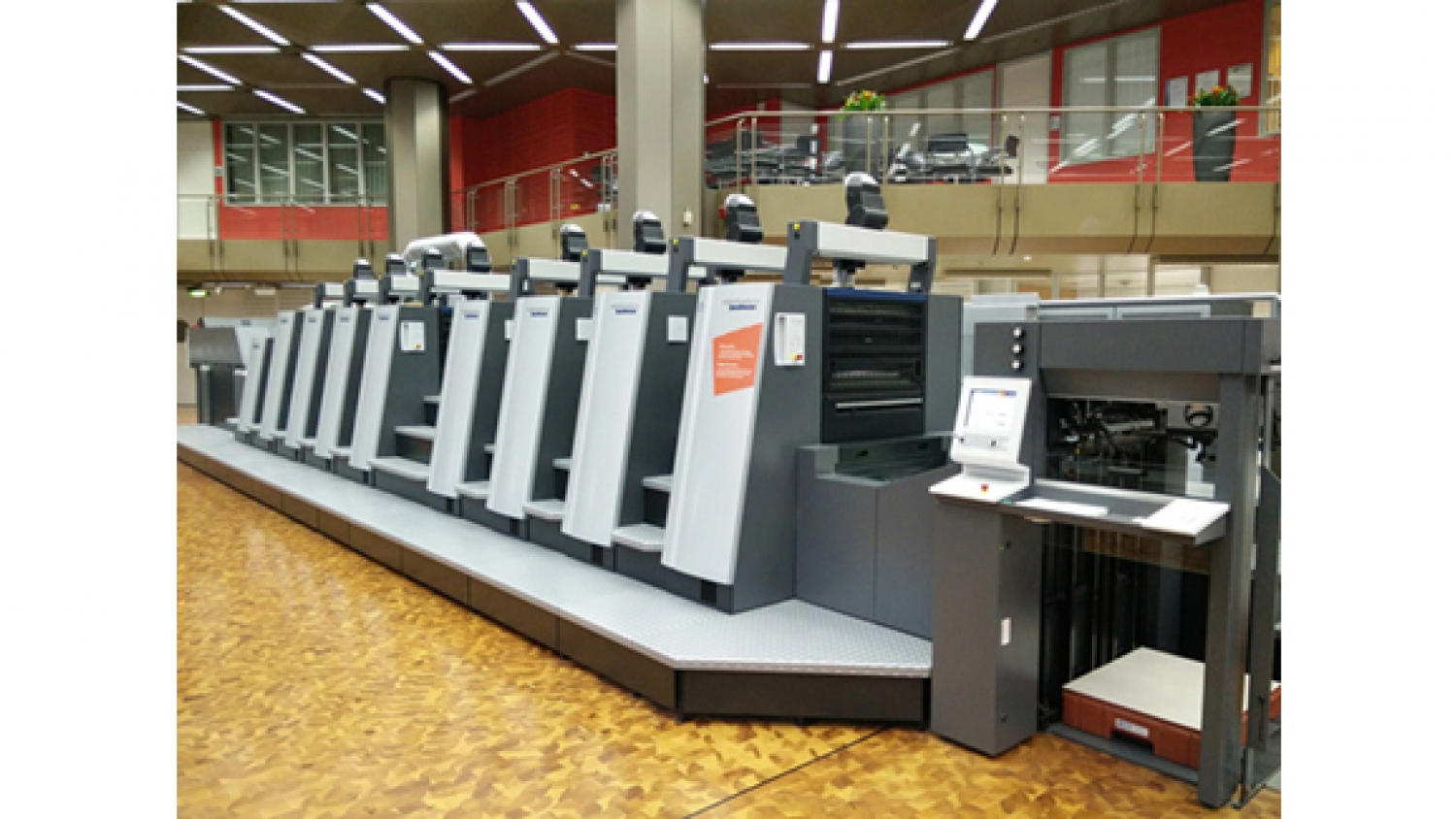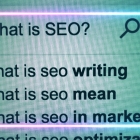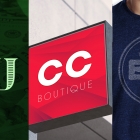Digital vs. Offset Printing: A Guide for Newbies
Your new print project has been beautifully designed and you're completely amped because now it's time to send it to the printer. But wait. Should you choose to go with digital or offset printing? The answer isn't as cut and dry as you might think. Both kinds of printing have their strengths, so it really comes down to what best suits your project and your budget.
Offset printing has been around for a very long time, and for a while it was the best way to print just about anything under the sun. It works by transferring ink from a plate to rubber rollers (aka blankets) that then rolling the ink onto the paper.
Digital printing, on the other hand doesn't use plates to put ink on paper. In toner-based presses, toner is transferred to a plastic sheet, which then transfers the image to paper. Heat is used along with oil that sets the toner permanently on the paper. In inkjet systems, liquid ink is set on the paper by a print head that moves from side to side. UV light is used to make the ink permanent.
Offset Printing
Since offset printing uses plates, every printing job requires its own unique plate. This means that the press has to be set up for each individual job, which takes time and adds an up front setup fee no matter how many pieces you need. If you need a large run (more than 500 - 1,000 pieces), offset printing is a great choice because your cost per piece goes down as the number of pieces you need increases. The price of setting up the plates folds into the lower price per piece.
Digital Printing
The quality of digital vs. offset printing is actually quite similar. This makes digital printing a great option if you only need a short run since there's no setup fee involved like there is with offset printing. Plus, the quality is still great. If you're printing less than 500 – 1,000 pieces, digital is a great option. If you need more than that, offset is a great way to go. Digital is also the only choice if your project has variable data like names, addresses or codes. This isn't possible with offset printing. However, digital printing has its own limitations. For example, digital printers don't use metallic ink, so offset printing would be recommended in cases like that.
If you're ever confused about what option is best for you, never fear. That's why we hook you up with an account manager who will make sure your options are clear and that you choose the best thing for your project. We would never let you wander through the world of printing alone.

 An agency-eye view of Marketing, Advertising, Branding, Design & Media.
An agency-eye view of Marketing, Advertising, Branding, Design & Media.




